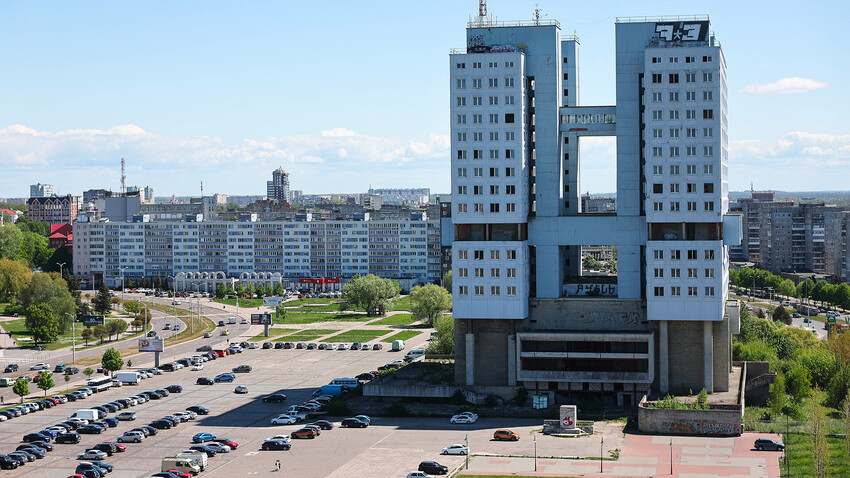
The ‘House of the Soviets’ is one of the most famous buildings in Kaliningrad, rivaling, perhaps, only the Konigsberg Cathedral and Immanuil Kant’s grave close by. Paradoxically, the famous landmark, only 95 percent completed, has stood empty for more than 30 years.
The location used to be home to the medieval-era Konigsberg Castle – home to the Marshals of the Teutonic Order and Prussian Kings, damaged during World War II, with almost all traces of it destroyed by the time construction began on the ‘House of the Soviets’.
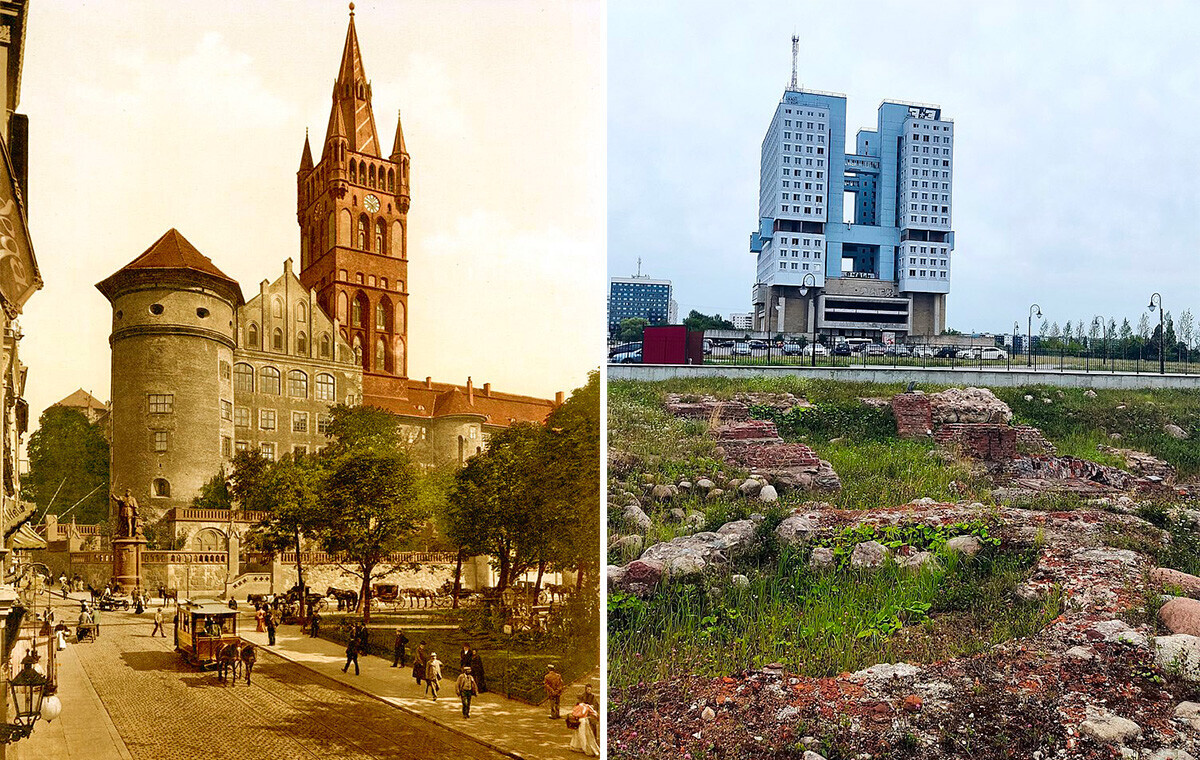
The Soviet government chose not to bring the castle back to its former glory – it was considered to be a “personification of Nazism”, given how the swastika flags used to adorn it not too long before. The ruins were destroyed in 1970 and construction of the government building, based on architect Lev Misozhnikov’s design, began.

The building was going to be turned into an administrative one, moving the Communist Party’s regional representative’s office there. Construction was completed in 1980 and the building was glazed and electrified. Fountains and flowers decorated the square outside. Only the polishing touches remained. However, the project was then suddenly abandoned.

Soviet government officials never got a feel of the ‘House of the Soviets’. Perestroika had arrived and financial difficulties had begun, with numerous projects such as this one having to be suspended. The breakup of the Soviet Union in the early 1990s only exacerbated the issue – mass privatization had had its effect; however, when the company that received the building went bankrupt, it ended up selling the building off to another one for next to nothing.
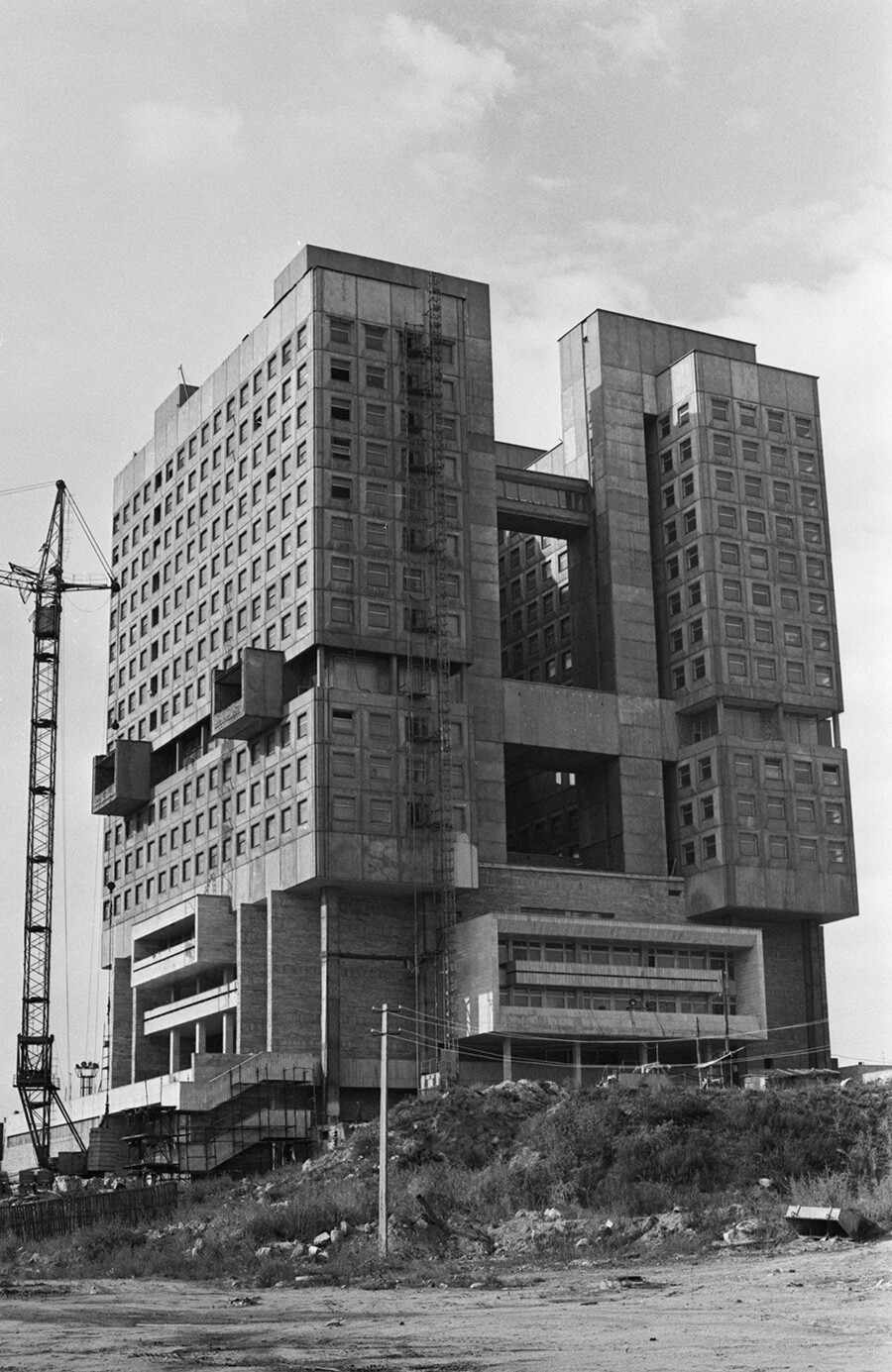
November 1, 1990.
Valery Manachin/TASSThis led to city authorities immediately writing to the General Prosecutor with requests to label the transaction illegal. The trial lasted 15 whole years, with the city only managing to regain ownership of the empty ‘House of the Soviets’ in 2019.

While standing empty all these years, the building managed to attain cult status with the locals. It also received plenty of nicknames – ‘robot head’, ‘monstrosity’, ‘ears’ and many others. Its symbolic status was elevated to such heights that it now even graces some of the city’s official merchandise!
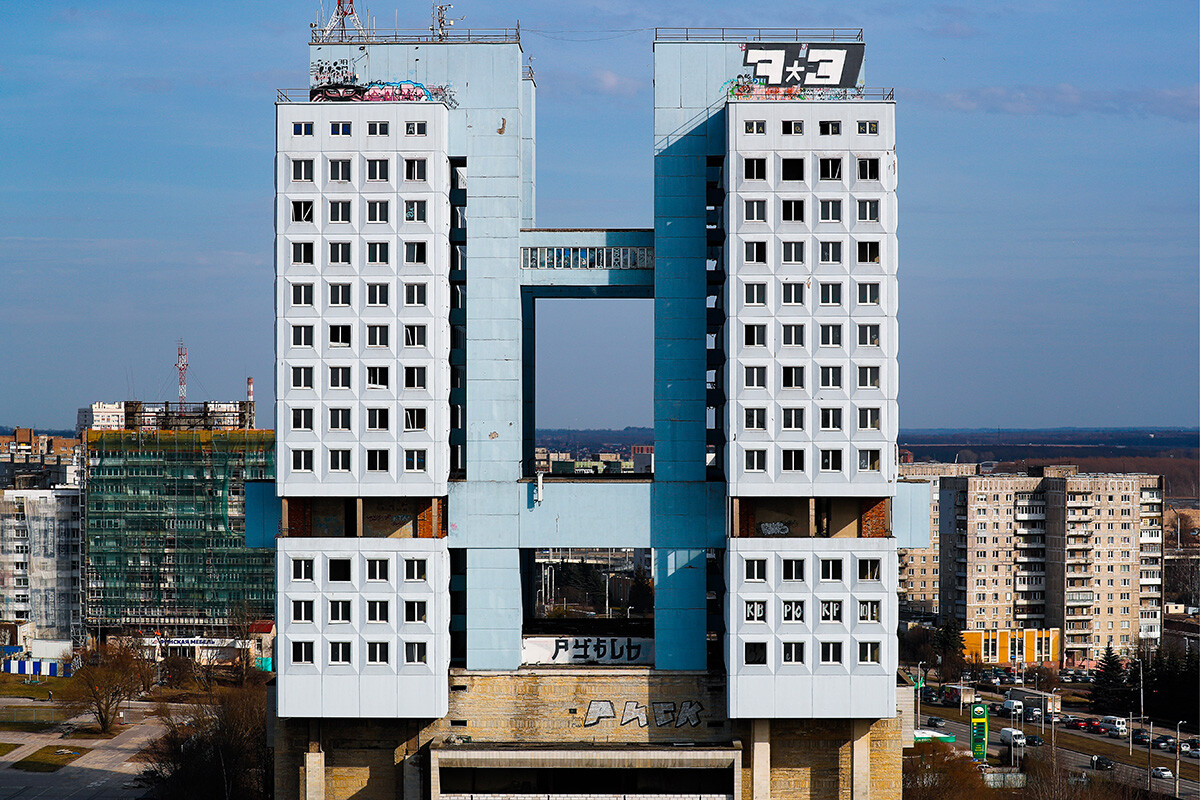
Despite the building itself being empty, the space around it was always very lively. The square around it, for instance, plays host to City Day, with the building itself being used to project things on; there was also a fan zone there during the 2018 FIFA World Cup; all manner of meetings and seasonal markets are staged there, as well.

“The ‘House of the Soviets’ is a symbol, it’s history”, the locals say. Many have also criticized it over the years – some even using words such as ‘monstrosity’, but few argued with the idea that the building had indeed come to symbolize the city of Kaliningrad.
After the building was returned to the city, discussions of a possible reconstruction went on for several years. However, in the Fall of 2020, the regional government gave up on the idea, as, over the years, the site had become unsafe. A new concept was created to fill the space – this time, without the ‘House of the Soviets’.


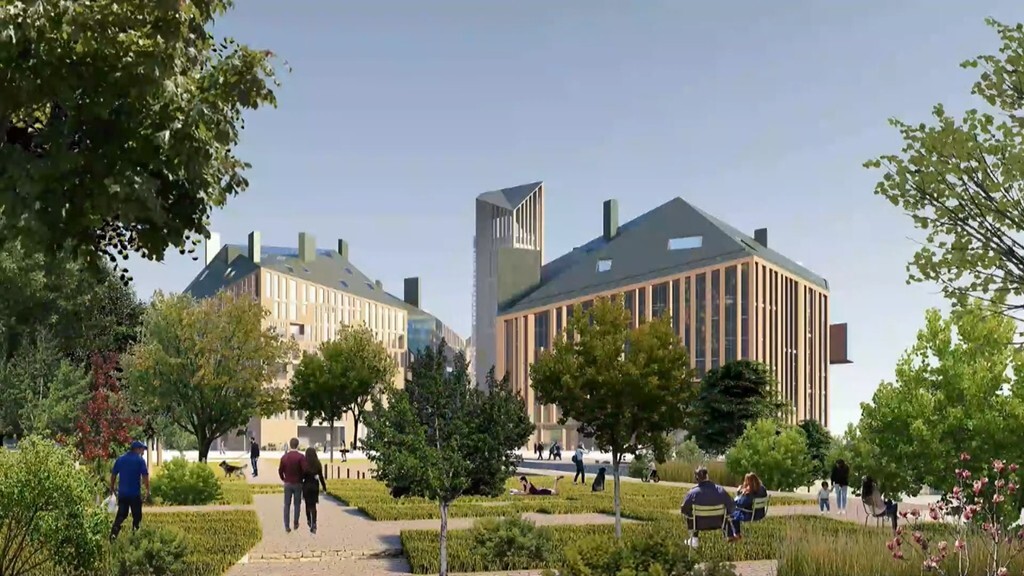
The decision was made to demolish the building (work has already started) and replace it with an entire district, dedicated to government buildings, an office complex, hotel and recreational facilities.

If using any of Russia Beyond's content, partly or in full, always provide an active hyperlink to the original material.
Subscribe
to our newsletter!
Get the week's best stories straight to your inbox